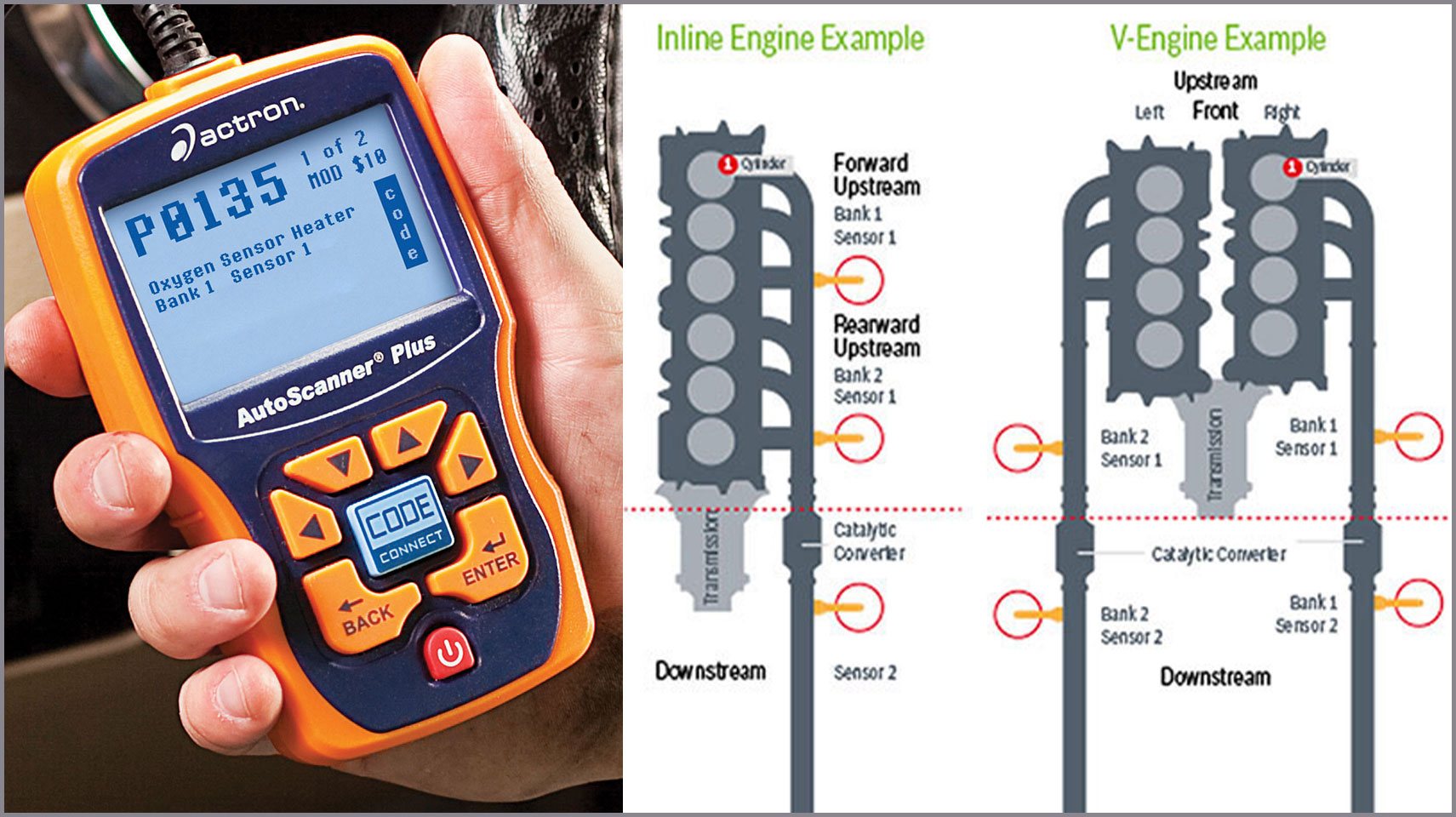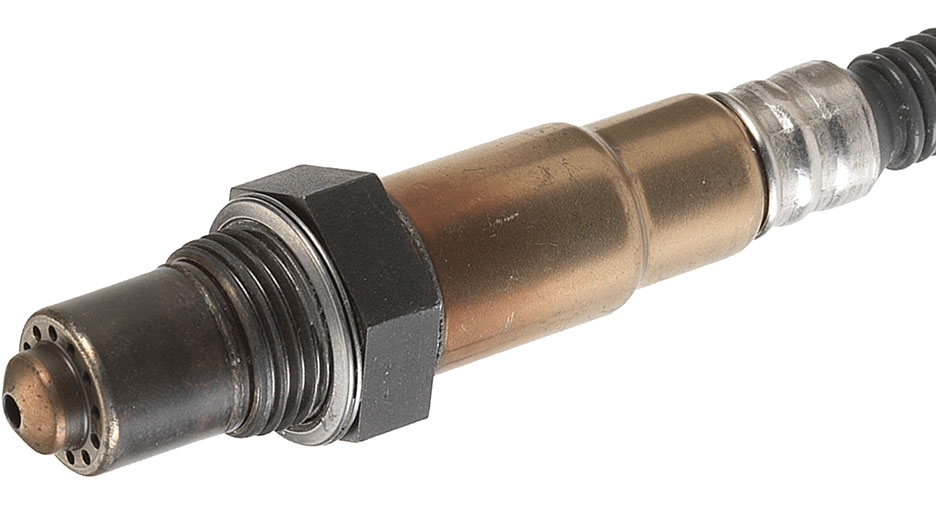Fil d'Ariane
Our stories
Connecting experts and enthusiasts, dreamers and doers, innovators and influencers — explore and experience.
Explore our stories
Menu de Navigation
Agrégateur de contenus
Back to Previous Page Upal - O2 Tech Tips Duplicate 1
- Listing Title
- Oxygen Sensor Tech Tips
- Listing Subtitle
- Products | O2 Sensors
- Listing Image

- Article Title
- Article Subtitle
- Because engine configurations can vary by vehicle, it’s important to correctly identify the specific positions of all your oxygen sensors – so you replace the correct sensor when one of them fails. The post below provides some guidance in understanding which oxygen sensor to change and a few technical tips to assist in a smooth installation process.
- Article Image

- Summary
-
Sensor Locations
Refer to your vehicle service manual to determine your sensor locations. If the manual is not available, here are some guidelines that apply to most vehicles:
Location by Code

- Car makers generally define Bank 1 as the Bank containing Cylinder 1.
- If you don’t know your Cylinder 1 location, ask your auto parts store associate for a cylinder-number- or firing-order diagram for your vehicle. See example at right.
- Sensor 1 is the upstream sensor and Sensor 2 is generally located after the catalyst (downstream)
- On a 3 sensor per bank system, Sensor 2 is located on the catalyst and Sensor 3 is located after the catalyst.
Catalog Locations
- The front of the engine contains the belt and alternator.
- The transmission is mounted to the rear of the engine.
- Left and right are defined looking from the rear to the front of the engine.
- On rear wheel drive applications, this is the view from the drivers seat.
- Use the bank detail (at left) to determine if you need a forward, rearward, left or right sensor.
- Car makers generally define Bank 1 as the Bank containing Cylinder 1.
- Section 1 Title
- Installation Tip
- Section 1 Image
- Section 1 Body
-

Disconnect the Battery
Many vehicles require a sensor learning trigger from a scan tool after a new sensor is installed. Clearing codes does not initiate this learning process, but often a 5 minute battery disconnect can.
So, not only is having the battery cable disconnected during service recommended for safety, it can also help you avoid unnecessary service.
- Section 2 Title
- Section 2 Image
- Section 2 Body
-

Reference AirBecause Oxygen Sensors require a clean reference air sample to function properly:
- It’s critical that the wiring harness is not damaged during installation.
- The use of dielectric grease, cleaners and other chemicals in the connector or on the sensor can cause permanent damage.
- Section 3 Title
- Section 3 Image
- Section 3 Body
-
Discolored / Seared Protection Tube Ensures High Quality

- Section 4 Title
- Section 4 Image
- Section 4 Body
-
Some customers have noticed a dark discoloration on Bosch sensors and question if the part is used.
- Rest assured that this discoloration is normal and the result of one of many processes we utilize during manufacturing to ensure quality and performance.
- Section 5 Title
- Section 5 Image
- Section 5 Body
- Section 6 Title
- Section 6 Image
- Section 6 Body
